1. Overgrown Trees Blocking Solar Panels
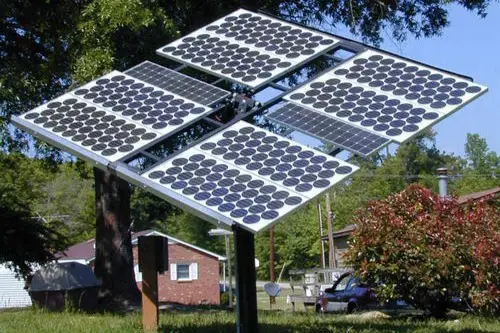
If your yard has large, leafy trees that shade your solar panels, they might be silently cutting into your energy savings. Even partial shading can reduce panel efficiency by up to 50%, meaning your electric bill climbs without you noticing. It’s easy to assume solar panels are always generating max power, but shade is a hidden culprit. Regular trimming or strategic planting is key to keeping solar output steady.
Not only does shade affect solar panels, but overgrown trees can also cause structural issues. Falling branches can damage roofing, gutters, or even outdoor wiring, which can lead to repair costs. And when trees are too close to your home, you might run your AC harder because the shade blocks natural airflow. This combination quietly inflates your monthly utilities without raising red flags.
2. Sprinkler Systems Running Too Often
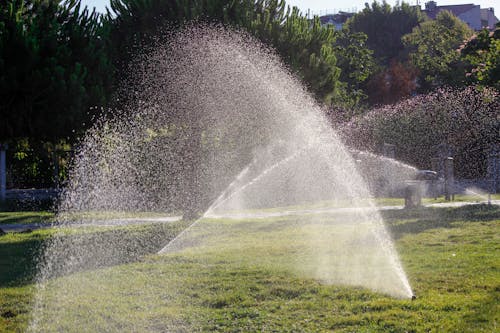
Automatic sprinklers are a blessing until they start overwatering. Many homeowners set timers and forget them, but extra water use drives up water bills. Overwatering can also harm your lawn, forcing you to fertilize or reseed more often, which indirectly adds cost. A few minutes of adjustment could save hundreds of gallons of water each month.
Sprinkler heads that are misaligned or leaking exacerbate the problem. Even a small leak can waste thousands of gallons annually. Plus, running sprinklers during the heat of the day can evaporate water before it even hits the ground. Catching these problems early keeps your lawn lush without silently draining your wallet.
3. Decorative Fountains or Ponds
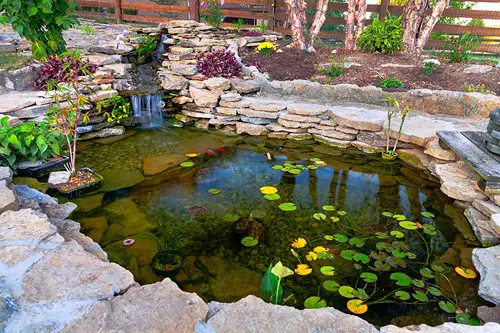
A charming water feature might look tranquil, but it’s a consistent drain on your resources. Pumps and filters require electricity, often running 24/7 during warm months. If left unchecked, this can add up to a noticeable spike in your energy bills. It’s easy to overlook because the cost is incremental rather than a single big hit.
Evaporation also increases water consumption, requiring regular refills. This can be especially expensive in dry climates or during summer heat waves. Algae buildup can force frequent chemical treatments, which adds maintenance costs. So, your serene backyard centerpiece might be quietly boosting your monthly utilities more than you realize.
4. Outdoor Lighting Left On All Night
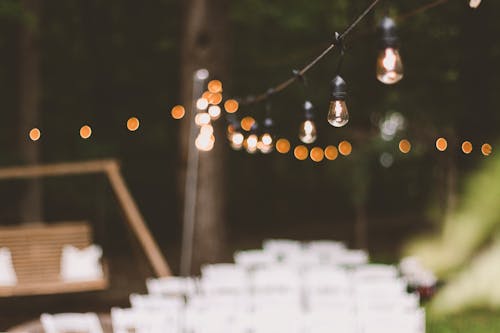
String lights, path lights, and security lighting look inviting, but they can run up electricity bills quickly if left on overnight. Even LED bulbs, which are energy-efficient, still accumulate costs when used for hours each night. Motion sensors or timers are often neglected, leading to unnecessary energy use. Many people assume small bulbs are inconsequential, but dozens around a yard add up fast.
Lighting can also encourage homeowners to extend AC or heater use if illuminated areas attract people to open doors. This indirect effect means your home energy usage can spike subtly. Additionally, older halogen or incandescent bulbs are even more costly and wasteful. Replacing or properly managing outdoor lighting pays off more than most realize.
5. Large Expanses of Lawn
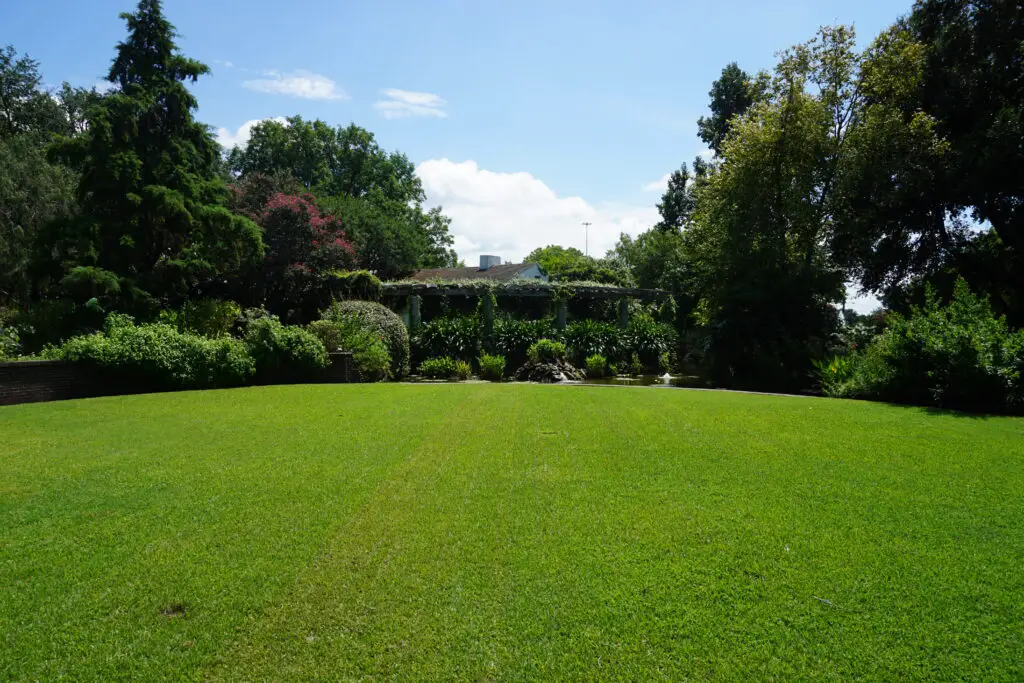
A wide, pristine lawn looks great but is a silent energy and water sucker. Lawns require consistent mowing, fertilizing, and irrigation, each with a hidden cost. Gas-powered mowers, in particular, contribute to both fuel expenses and maintenance bills. Even electric mowers add to your home’s electricity consumption if used frequently.
Lawns also encourage higher water use compared with drought-tolerant landscaping. In hotter months, irrigation schedules increase, silently hiking water bills. Lawn care chemicals may be necessary to keep grass healthy, adding more monthly cost. Essentially, the more lawn you have, the more your wallet feels it—quietly, month after month.
6. Outdoor Kitchens or Grills with High Energy Use
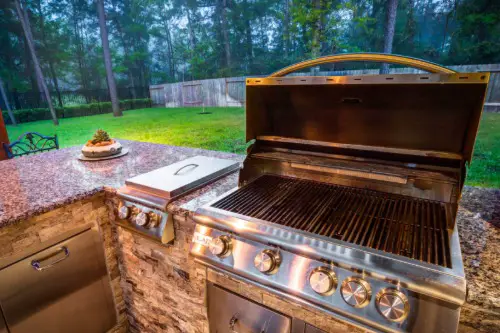
If your backyard features an outdoor kitchen with electric appliances, it can quietly spike utility bills. Refrigerators, ovens, and sinks outside are convenient but often less energy-efficient than indoor setups. Many homeowners leave these appliances plugged in or partially running, unaware of the cumulative energy draw. The convenience factor can hide significant costs.
Even gas grills aren’t free of expense. Frequent propane refills add up over time, especially if you entertain regularly. Outdoor kitchens also encourage longer time outdoors in warm months, leading to higher AC use indoors. So, the BBQ might cost more than just the food you’re cooking.
7. Poorly Insulated Pool Pumps
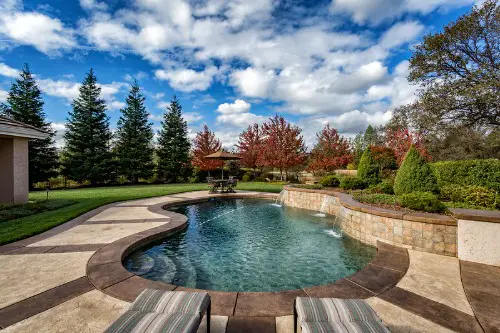
Swimming pools are luxurious, but their pumps can be energy hogs if not efficient. Older pumps may run at full power continuously, using far more electricity than newer, variable-speed models. Many pool owners don’t realize how much a pump’s runtime affects monthly bills. Upgrading or properly scheduling the pump could cut energy use significantly.
Leaky pipes or unbalanced pool chemistry also require pumps to work overtime. This not only costs more in electricity but also shortens pump lifespan. In some cases, heating the pool adds another layer of expense. Between electricity and water maintenance, your pool quietly inflates your monthly utilities.
8. Outdoor Heaters and Fire Pits
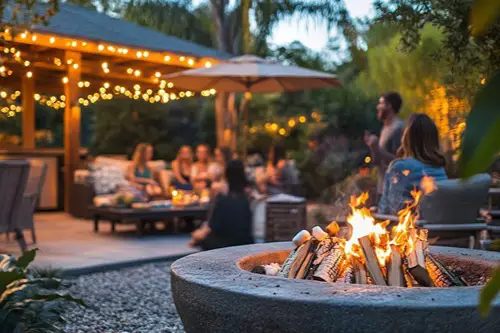
Patio heaters and fire pits are wonderful for chilly evenings but can carry hidden costs. Electric heaters can draw massive amounts of power, especially if left on for extended periods. Propane or natural gas heaters also require regular refills, which quietly add up. It’s easy to underestimate how often you actually use them until the bill arrives.
Windy or open-air setups make heaters work harder to maintain warmth. In these cases, energy use skyrockets without obvious signs. Using them only when necessary and selecting efficient models can prevent surprises. Otherwise, cozy nights can come with a not-so-cozy utility bill.
9. Invasive Plants or Shrubs Blocking Ventilation
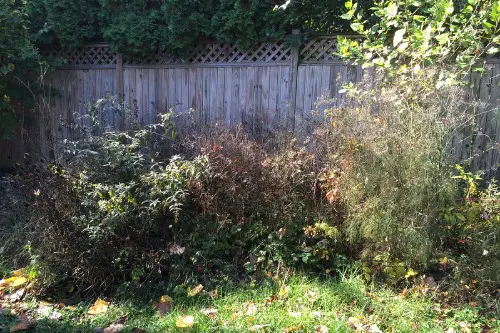
Tall shrubs or dense hedges planted too close to the house can disrupt airflow and block vents. HVAC systems have to work harder to maintain temperature when vents are restricted. This increases electricity consumption, subtly hiking monthly bills. Homeowners often overlook landscaping as a factor in home energy efficiency.
Blocked vents can also create uneven heating or cooling, making some rooms feel too warm or cold. People respond by adjusting thermostats more frequently, which compounds the problem. Over time, HVAC strain can also lead to maintenance costs. Thoughtful planting ensures greenery without making your home less efficient.
10. Hardscaping That Reflects Heat
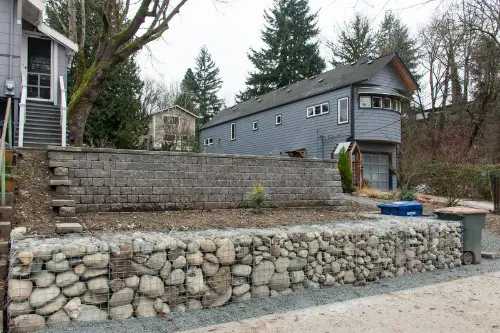
Patios, driveways, and stone walkways can trap and reflect heat back toward the home. This microclimate effect makes your air conditioner work harder in warm months. Light-colored materials reflect sunlight differently, but dense stone or concrete retains heat for hours. The result? Higher energy bills without any obvious mechanical issue.
This heat retention also impacts nighttime temperatures, keeping homes warmer than necessary. Fans or AC units may run longer to compensate. Even shaded areas may not cool efficiently because surrounding hardscapes radiate stored heat. Being strategic about material choice can save subtle costs.
11. Poorly Sealed Outdoor Electrical Outlets

Outdoor outlets may seem low-impact, but they can let moisture in, causing energy loss or short-circuiting. Water infiltration increases the risk of inefficiency or appliance strain. Even without visible damage, electrical resistance can grow, wasting electricity. Many homeowners forget to inspect these outlets regularly.
This can affect not just outdoor appliances but indoor circuits if there’s a shared breaker panel. Repairing hidden damage is often costlier than preventive measures. Weatherproof covers and routine checks help keep energy bills from creeping up. A small outlet can have surprisingly big financial consequences.
12. Frequent Outdoor Entertaining with Heat or Coolers
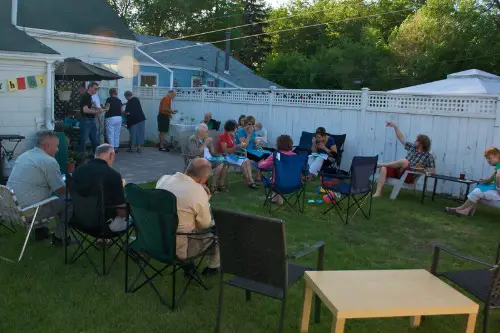
Hosting outdoors sounds fun, but extended gatherings can increase utility bills indirectly. Extra appliances like mini-fridges, coolers, or portable heaters consume energy throughout events. Guests also mean more water and electricity use for cleaning up afterward. It’s the little, repeated energy demands that quietly inflate monthly costs.
Outdoor setups can also encourage longer HVAC use inside, especially if doors stay open for comfort. More cooking, more lighting, and more electronics amplify the hidden expense. Each party may seem inexpensive, but cumulatively, they raise utilities. Being mindful of timing and appliance usage can prevent surprises.
13. Excessive Mulch or Landscaping That Holds Moisture
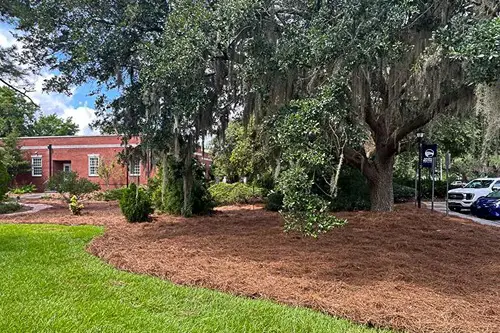
Thick mulch beds or dense plantings might look beautiful, but they can trap moisture and attract pests. This may force extra irrigation, leading to higher water bills. Additionally, damp landscaping near the house can promote mold, affecting indoor air quality and HVAC efficiency. Many homeowners don’t realize how much this indirect effect costs over time.
Mulch and dense planting also require more frequent maintenance. Rotting organic material may need replacing, while excess watering drives chemical and fertilizer use. Poorly managed landscaping subtly contributes to higher utility bills without appearing on your monthly statement. Strategic choices keep both the yard and bills under control.
This post 13 Yard Features That Quietly Raise Your Utility Bills Every Month was first published on Greenhouse Black.
